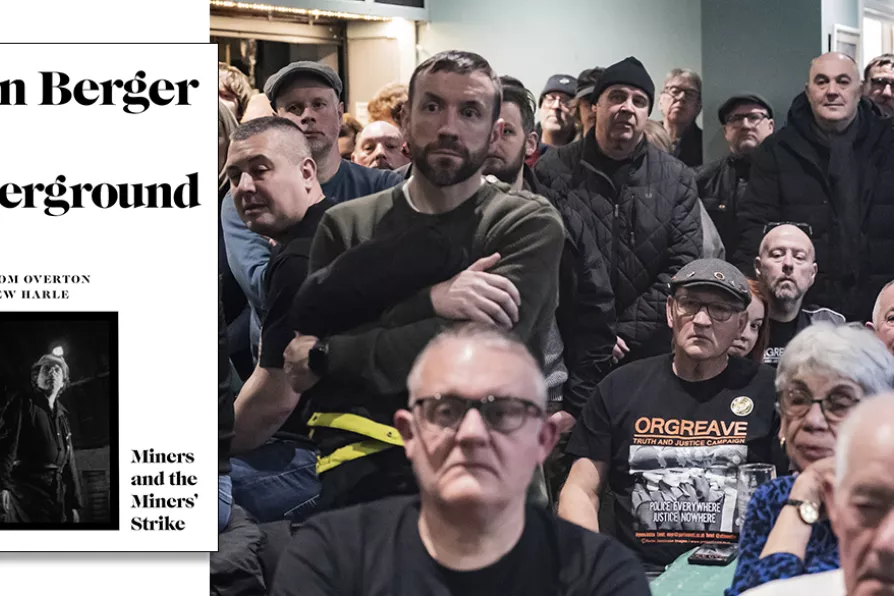John Berger and the miners
LYNNE WALSH is stirred by John Berger’s observation that ‘by attacking the demonstration, authority ensures that the symbolic event becomes an historical one’

 People listen to speeches during the Miner's strike 40th anniversary rally at Dodworth Miners Welfare in Barnsley, March 2, 2024
People listen to speeches during the Miner's strike 40th anniversary rally at Dodworth Miners Welfare in Barnsley, March 2, 2024
John Berger, The Underground Sea: Miners and the Miners’ Strike
Edited by Tom Overton and Matthew Harle
Canongate, £16.99
ANY book which owes its existence to the talent and compassion of John Berger should revere and uphold his extraordinary legacy. This one falls short.
Scheduled to mark the 40th anniversary of the miners’ strike, this slight volume may seek to dig deep, yet it barely scratches the surface.
Similar stories

Ben Cowles speaks with IAN ‘TREE’ ROBINSON and ANDY DAVIES, two of the string pullers behind the Manchester Punk Festival, ahead of its 10th year show later this month

In an exhibition of the graphic art of Lorna Miller, MATT KERR takes a lungful of the oxygen of dissent

JAN WOOLF wallows in the historical mulch of post WW2 West Germany, and the resistant, challenging sense made of it by Anselm Kiefer

The Morning Star sorts the good eggs from the rotten scoundrels of the year










